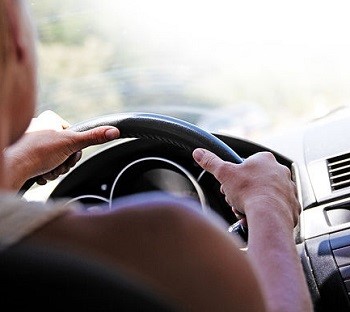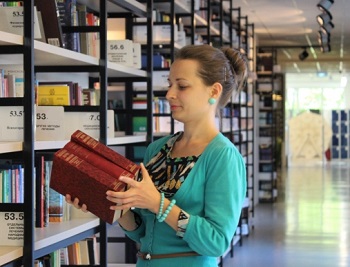Recent research has revealed that the use of a hands-free device doesn’t make smartphone use safer behind the wheel.
The results of a new research study out of the U.K. have revealed that distracted driving is just as much of a problem among people who are behind the wheel with a hands-free device as it is when they’re holding a handset.
The study was conducted by the University of Sussex and involved the participation of 60 drivers.
The drivers were asked to take part in a series of different phone conversations. Sometimes there were very simple questions asked to the drivers during those discussions, such as “Where did you leave the blue file?”. What the research showed was that at times when the drivers were asked questions such as that one, the focus of the brain would shift onto an area of the road that was four times smaller than it had previously been. When the driver was thinking about the answer to the question, the outcome was a measurably slower reaction time. In fact, the distracted driving statistic changed by nearly a full second longer than their normal driving skills.
This mean that distracted driving isn’t necessarily based on the nature of the device as much as the talking itself.
 The drivers who were paying attention to a mobile phone conversation – regardless of the mobile device – had a reaction time that was slower by nearly a second. According to Dr. Hole, the study’s lead author, “Our study adds to a mounting body of research showing that both hand-held and hands-free phones are dangerously distracting for drivers.” He added that “The only ‘safe’ phone in a car is one that’s switched off.”
The drivers who were paying attention to a mobile phone conversation – regardless of the mobile device – had a reaction time that was slower by nearly a second. According to Dr. Hole, the study’s lead author, “Our study adds to a mounting body of research showing that both hand-held and hands-free phones are dangerously distracting for drivers.” He added that “The only ‘safe’ phone in a car is one that’s switched off.”
Currently, the law in many areas that do not allow handsets to be used while behind the wheel are suggesting that by opting for hands-free devices, the driver has made the safer choice. However, according to Dr. Hole, that is hardly the case.
Equally, the study’s author admits that this issue of distracted driving regardless of the type of mobile device actually used becomes quite a struggle in terms of enforceability. “It’s very difficult for the police to tell if someone’s using a hands free phone,” he explained. However, he believes that the laws should be altered in order to make sure drivers understand that they’re not necessarily being safe by using any mobile devices while behind the wheel, regardless of whether or not they’re holding them in their hands.

 The Balbharti website is also undergoing a makeover at the same time that the
The Balbharti website is also undergoing a makeover at the same time that the 